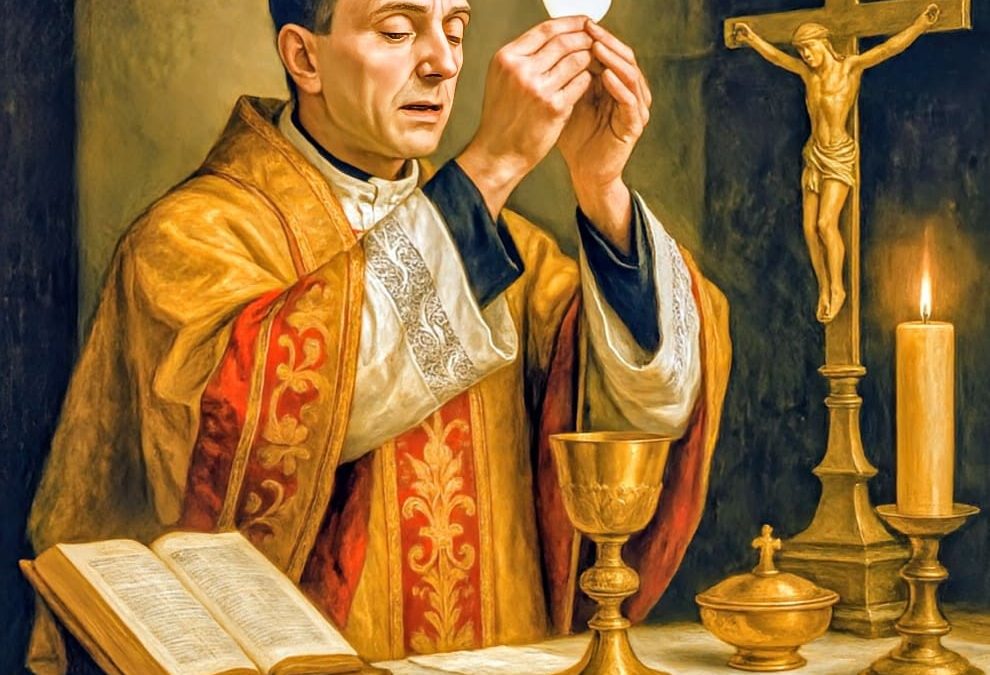Daniel 2 and 7 demonstrate that the fourth kingdom of Rome remains until the second coming of Christ. That is, the kingdom of Rome and the kingdom of heaven grow and develop side by side until the end of time. This makes papal Rome particularly insidious. Papal Rome replaced pagan Rome, assuming its power and many of its methods of administration and religious symbolisms.
For many centuries, up to the present time, faithful Christians remained in her communion, victims of the same demonic forces that enthralled pagan Rome. With incredible stealth, disguise, and malevolence, papal Rome covered herself with elements of the true faith, while gradually introducing the most hideous traditions and blasphemies.
Today, the Roman Church holds the gaze of the world as she carries out her gorgeous, solemn ceremonies. The most important ceremony of the Church is the Mass, also known as the Eucharist, holy communion, or the Lord’s Supper, in many Christian denominations.
The Roman Church claims that the priest has the power to call the Son of God down from heaven to become the literal blood and body of the Savior of the world during this ceremony. This practice is modeled on the last supper of Jesus with his disciples in the upper room during the beginning of Passover.
The Roman Church teaches transubstantiation, a doctrine not defined until 1215 A.D., more than one thousand years after the last supper of the New Testament. The Church believes that the real presence of Jesus resides in the bread and the wine. Transubstantiation occurs at the exact moment the priest repeats the words of Jesus, “This is my body” and “This is my blood.”
The Roman Mass asserts power over Christ. At the word of a sinful human priest, Jesus appears literally in the bread and the wine. The question, of course, is what Jesus meant when he said these words.
Jesus often spoke in figures of speech, especially in expressing the truths about his role in salvation. In the book of John, Jesus makes seven “I Am” statements. “I am the bread of life.” “I am the light of the world.” “I am the door.” “I am the good shepherd.” “I am the resurrection and the life.” “I am the way, the truth, and the life.” “I am the true vine.”
We might ask, is Jesus a piece of bread, a physical light, a physical door, a shepherd, or a vine? If we were to believe these things, we would be demeaning Christ, not glorifying him. Jesus is not a wooden door. He is, however, the way into salvation.
By turning Jesus into something that can be manipulated, handled, and placed, the Church is claiming to have control over Jesus. In fact, the “host,” or bread that is Jesus, is kept for the purposes of later veneration or worship. Jesus is held captive by Rome.
The focus of the Church, then, is on the earthly actions and machinations of the priest and his magical powers to transform bread into flesh. The Jesus in heaven is displaced, and an earthly one is elevated.
The Roman Mass makes the greatest, most arrogant claim of all time. And the Bible calls it blasphemy.

